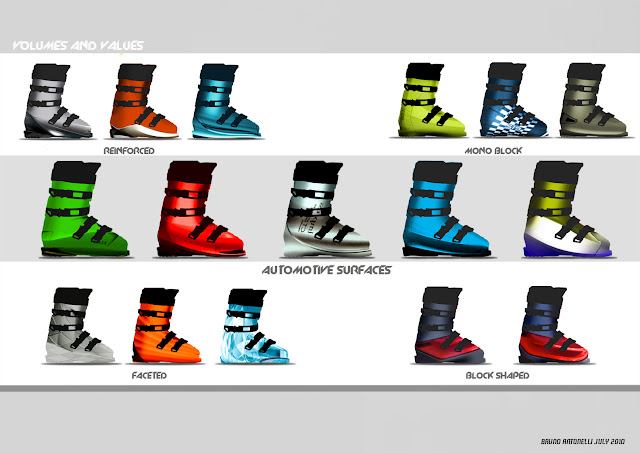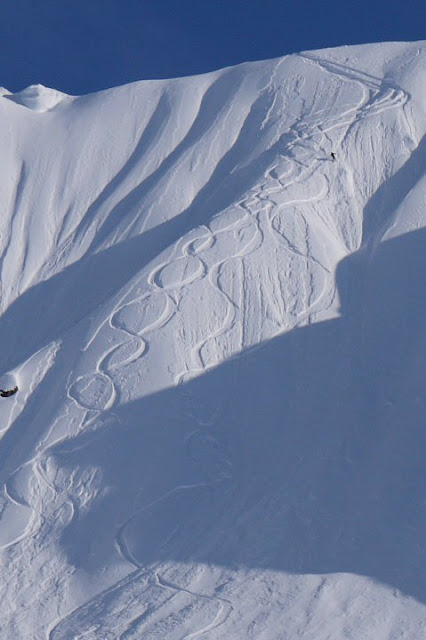 |
|
For the running iterations, One star is
selected, a 360 degree air max called Max Opulence. Above the inspiration board
|
 |
| First generation of Nike free launched in fall 2004 |
 |
| first air max 360 lauched in 2006 |
 |
|
Running Performance catalogue page.
|
 |
|
Running Performance: Already Tired of
layers we were finding in shoe making at that time, I introduced the idea of
thermo-forming upper, as if the shoe was tailored to your foot morphology.
|
 |
|
Impossible details of the star product. Few
years later I realized how difficult this shoe is in term of construction. But
I still believe today in thermo forming.
|
 |
|
Sports Wear inspiration page.
|
 |
NIKE KD 8 2015 and its heelcounter / midsole extended |
 |
| Training inspiration page. |








































